From ESS News
Flexbase Group has begun construction on what could become one of Europe’s largest flow battery storage installations, breaking ground on an 800 MW/1.6 GWh redox flow system in Laufenburg, Switzerland. The project combines utility-scale storage with an AI data center and district heating network in an ambitious multi-use development.
The Swiss developer started work this month on the technology center following regulatory approval, with commercial operation targeted for summer 2028. The facility will occupy 20,000 square meters at Laufenburg’s grid interconnection hub, which sits at the intersection of Swiss, German and French transmission networks with 41 cross-border lines.
Raphael Schmid, CMO of Flexbase, did not want to say who the supplier of the battery storage system is when asked by pv magazine. The company also keeps the exact investment costs secret. However, a report in the “Badische Zeitung” speaks of a “billion-dollar project”.
The 1.6 GWh capacity significantly outpaces typical utility storage projects. For context, the UK’s largest operational battery facility currently stands at 320 MWh, while most grid-scale projects in Germany range from 50-200 MWh. Even against global benchmarks, the Laufenburg project would rank among the world’s largest single-site storage installations.
Redox flow technology offers distinct advantages for long-duration applications, using liquid electrolytes typically based on vanadium or bromine. The systems are considered non-flammable due to their 75% water content, addressing safety concerns that have plagued some lithium-ion installations.
The integrated approach sets Laufenburg apart from typical storage developments. The co-located AI data center will generate waste heat that feeds a district heating network serving the town and surrounding municipalities within several dozen kilometers, plus industrial facilities with high thermal demands.
Flexbase expects the combined facility to create 300-350 jobs locally. The strategic location leverages Laufenburg’s role as a central European grid hub, with direct connections across multiple transmission networks potentially maximizing the storage system’s revenue opportunities through cross-border arbitrage and grid services.
This content is protected by copyright and may not be reused. If you want to cooperate with us and would like to reuse some of our content, please contact: editors@pv-magazine.com.
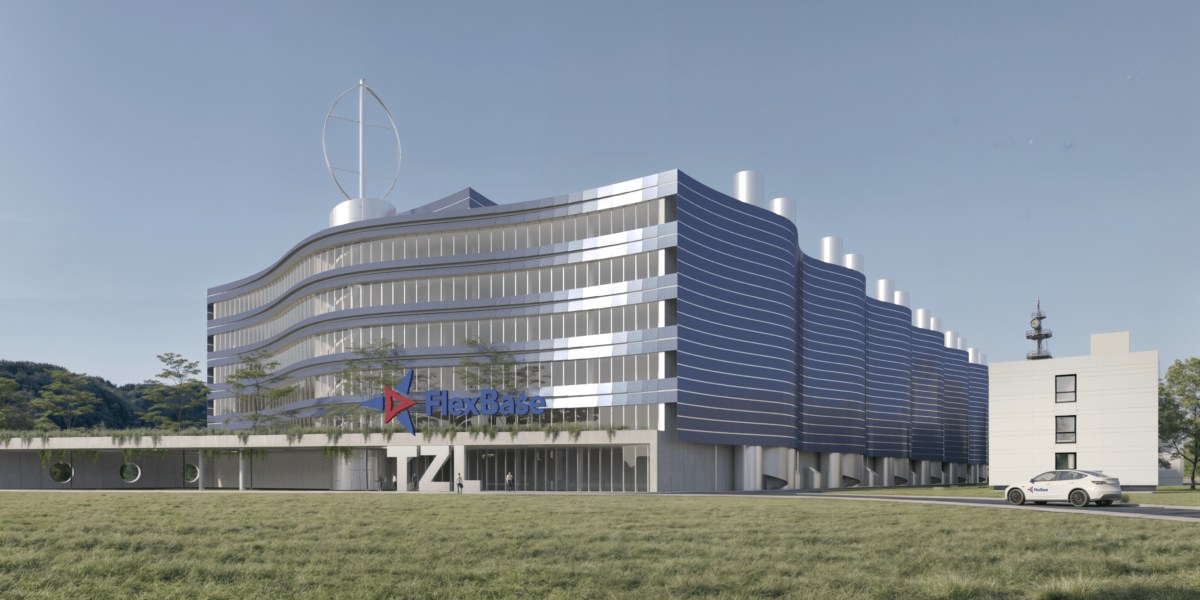
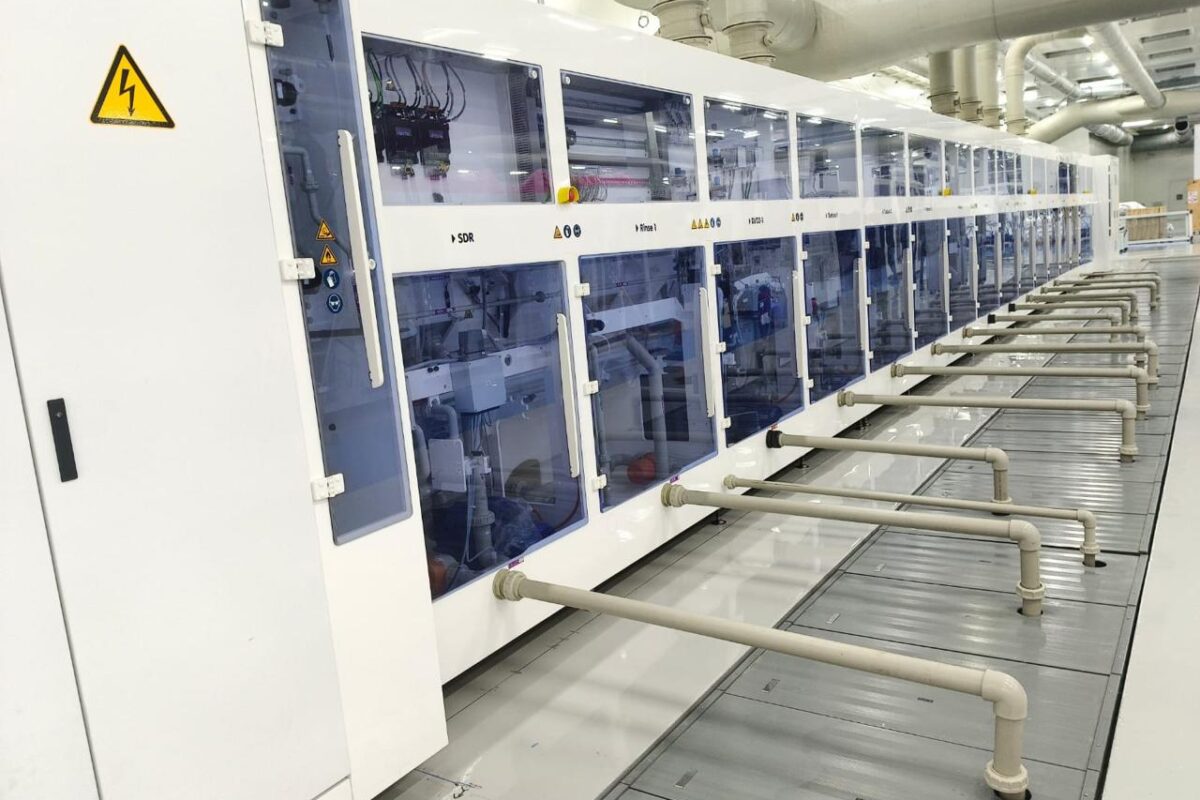


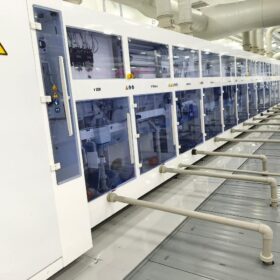

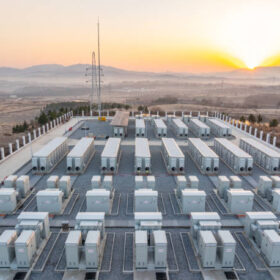
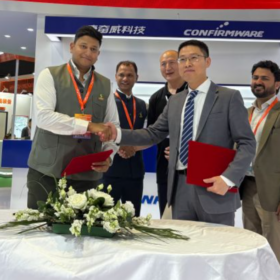
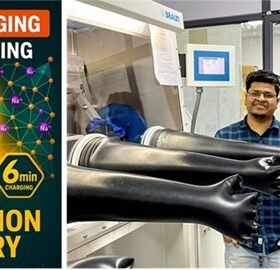
By submitting this form you agree to pv magazine using your data for the purposes of publishing your comment.
Your personal data will only be disclosed or otherwise transmitted to third parties for the purposes of spam filtering or if this is necessary for technical maintenance of the website. Any other transfer to third parties will not take place unless this is justified on the basis of applicable data protection regulations or if pv magazine is legally obliged to do so.
You may revoke this consent at any time with effect for the future, in which case your personal data will be deleted immediately. Otherwise, your data will be deleted if pv magazine has processed your request or the purpose of data storage is fulfilled.
Further information on data privacy can be found in our Data Protection Policy.